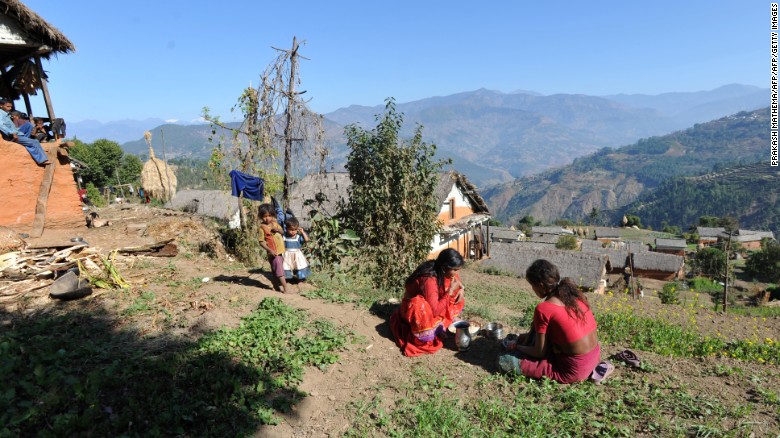Avoiding Blood Transfusion in Liver Surgery
"We spend a huge proportion of health-care dollars on surgery and traditionally it is not studied to the same degree or rigour as drugs would be."Close to one quarter of all patients who require major liver surgery have need of a blood transfusion. This type of surgery is on the increase, for a multitude of reasons, and the surgery where there is such a high risk of blood transfusion carries its transfusion-related risks, including allergic reactions and heightened risk of complications such as infections, post-surgery. To side-step these risks research has questioned the need of blood transfusions.
"We need to be critical of what we do and take it to the next level."
Dr. Guillaume Martel, surgeon, The Ottawa Hospital
Research has also zeroed in on whether blood transfusions can have the effect of increasing opportunistic cancer recurrence following cancer surgery. And then there is the more practical side of the equation, blood being a remedial tool required for response in emergency situations. It is also an expensive tool, costing the health system substantially, with its limited supply requiring conservation for those times when it must be used to save someone's life.
Dr. Martel is leading research for the study of a technique that is used in some areas of the world, involving the removal of approximately ten percent of a patient's blood before liver surgery takes place. Once the surgery is concluded that blood which has been set aside for the purpose is replaced back into the patient. Once the patient is under anesthetic, pre-surgery, the blood is removed and stored in blood donation bags for return to the patient at the completion of surgery.
Beyond the simple move to conserve a valuable product for other uses, there is another, very important reason for this technique. It is a procedure that is believed to reduce blood pressure in the large veins leading to the liver. That reduced blood pressure leads to less blood being lost during surgery. And though its successful use has been documented elsewhere in the world, no research data on the procedure and its efficacy exists.
Dr. Martel, an associate professor at the University of Ottawa and his investigative team have set out to study the technique in a randomized control trial, to arrive at a definitive conclusion whether the blood-removal-and-return intervention works as claimed. He points out that surgery in and of itself is generally under-investigated.
Possible risks and side effects: Liver resection is a major, serious operation that should only be done by skilled and experienced surgeons. Because people with liver cancer usually have other liver problems besides the cancer, surgeons have to remove enough of the liver to try to get all of the cancer, yet leave enough behind for the liver to function adequately.
A lot of blood passes through the liver, and bleeding after surgery is a major concern. On top of this, the liver normally makes substances that help the blood clot. Damage to the liver (both before the surgery and during the surgery itself) can add to potential bleeding problems.
Other possible problems are similar to those seen with other major surgeries and can include infections, complications from anesthesia, blood clots, and pneumonia.
Another concern is that because the remaining liver still has the underlying disease that led to the cancer, sometimes a new liver cancer can develop afterward.
American Cancer Society
Labels: Bioscience, Medicine, Research, Surgery
















/cdn.vox-cdn.com/uploads/chorus_asset/file/10075907/Screen_Shot_2018_01_22_at_10.37.34_AM.png)



